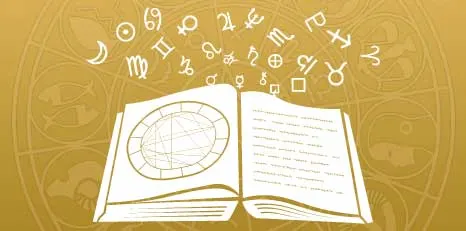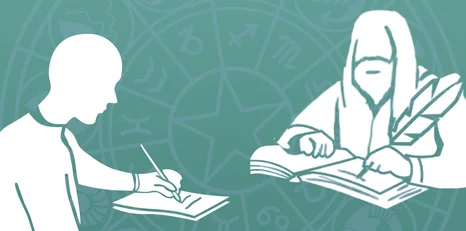Chiron in Leo conjunct Pholus in Leo in the synastry chart
How can you both navigate through the potential emotional intensity that this aspect might bring?
In the synastry chart, Person1's Chiron conjuncts Person2's Pholus, both in Leo. This aspect signifies a profound bond that can facilitate healing and transformation. The conjunction of Chiron and Pholus holds a potential for a shared journey of self-discovery, as these celestial bodies represent healing and revelation, respectively.
Person1, with Chiron in Leo, may have experienced wounding related to their creativity, self-expression, or sense of individuality. The presence of Person2's Pholus here suggests that they could play a significant role in triggering Person1's healing process. It's as if Person2 carries a key to unlock the door behind which Person1's unhealed wounds lie. This process might not be easy, but it is necessary for Person1's growth and evolution.
The dynamic of this aspect goes beyond the individual level. It impacts the relationship between the two of you, adding a layer of depth and complexity. The conjunction of Chiron and Pholus in Leo indicates a relationship that can be quite intense at times. It could stir up strong emotions and possibly even drama. However, this is part of the healing and transformative process that this aspect promises.
Person2, your Pholus in Leo suggests a natural ability to bring things to light, to reveal what is hidden. In conjunction with Person1's Chiron, this can be a powerful tool for healing. However, it's important to remember that this is a sensitive area for Person1. It may require patience, understanding, and compassion on your part to navigate this terrain effectively.
This aspect offers a unique opportunity for growth and transformation. It can be a challenging journey, but one that can ultimately lead to profound healing and self-discovery for both of you. It's a journey that requires courage, honesty, and mutual respect.
Register with 12andus to delve into your personalized birth charts, synastry, composite, and transit readings.
Comprehensive PDF Reports

Comprehensive PDF readings, spanning 100 to 300+ pages for birth charts, relationship analyses, and forecasts. Dive deep into the intricacies of each planetary placement with our reports, meticulously examining their aspects and subtleties. Crafted as an astrological masterpiece, it serves as a lifelong reference, offering the most personalized insights into both you and your relationships. Your celestial storybook awaits.
Ask the Astrologer

Ask your unique question to a 12andus astrologer. Our astrologer will provide a thoughtful response of over 1,000 words within a few days, following a careful analysis of your chart as set in your profile. Inquiries can span a variety of topics, including love, relationships, career, personality traits, or broader life concerns. We're here to help guide you through your astrological journey.
Free Readings

Explore the complexities of your astral narrative with our deeply personalized astrological readings. From the profound revelations in your birth analysis to the dynamics of synastry, composite, and transit explorations, each reading is finely curated for your unique cosmic storyline. Click for an astrology experience crafted with unmatched precision and detail.
